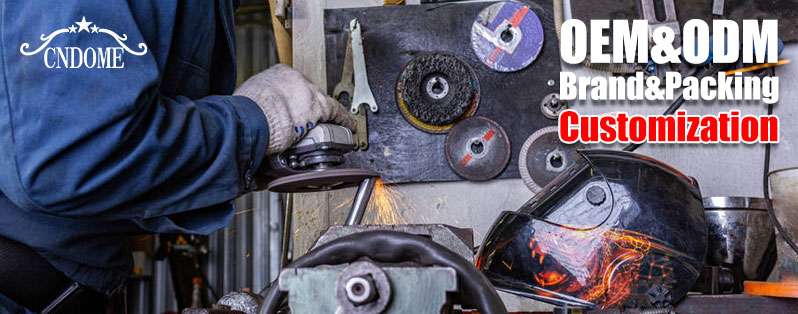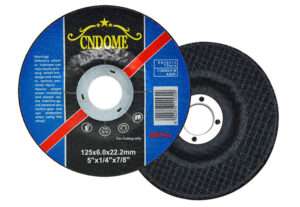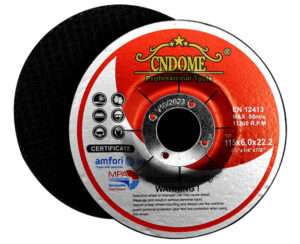In the fast-paced world of maritime trade. Where precision and efficiency are essential, the IMPA Code serves as a valuable tool for identifying and sourcing grinding wheel and other marine supplies. By understanding the IMPA Code and its application to grinding wheels, stakeholders in the maritime industry can navigate the procurement process with confidence, ensuring they have the right tools for the job aboard ships and in port facilities. In this blog, we’ll explore the IMPA Code as it relates to grinding wheels, shedding light on its significance and how it aids in the selection and procurement process.
Understanding Grinding Wheels
Before we dive into the intricacies of IMPA codes, let’s grasp the essence of grinding wheels. These indispensable tools are crafted with abrasive particles bonded together to form a robust wheel, capable of shaping, sharpening, and finishing various materials with precision. From metals to ceramics, grinding wheels find application across diverse industries, ensuring the desired level of accuracy and surface finish.
The Role of IMPA Codes
IMPA codes serve as a standardized classification system for marine procurement, facilitating seamless communication and transactions within the maritime industry. These codes cover an extensive range of products and equipment, including grinding wheels, enabling purchasers and suppliers to identify and procure the right items efficiently.
Deciphering the IMPA Code for Grinding Wheels
Grinding wheels are classified under IMPA code 6120, which encompasses various abrasive products. Within this category, specific codes denote different types, sizes, and specifications of grinding wheels. For instance, IMPA code 6120 01 refers to a general-purpose grinding wheel. While codes like 6120 02 and 6120 03 may denote wheels with specific compositions or dimensions.
Considerations for Selection
When deciphering IMPA codes for grinding wheels, several factors come into play. These include the material composition of the wheel (e.g., aluminum oxide, silicon carbide), its dimensions (diameter, thickness, bore size), and its intended application (e.g., surface grinding, cylindrical grinding, tool sharpening). By understanding these nuances, purchasers can make informed decisions and select the most suitable grinding wheel for their requirements.
Navigating Efficiency and Precision
In the maritime industry, where efficiency and reliability are paramount, the selection of the right grinding wheel can significantly impact operations. Whether it’s maintenance tasks aboard ships or repair works in dockyards, having the appropriate grinding wheel on hand ensures smooth and effective execution of tasks, minimizing downtime and maximizing productivity.
Conclusion
In the intricate tapestry of industrial procurement, the IMPA code serves as a beacon of clarity, guiding purchasers towards the right tools and equipment. When it comes to grinding wheels, understanding the IMPA code is instrumental in making informed decisions and optimizing efficiency and precision in maritime operations. So, the next time you’re in search of the perfect grinding wheel, let the IMPA code be your trusted companion on the voyage to excellence.



